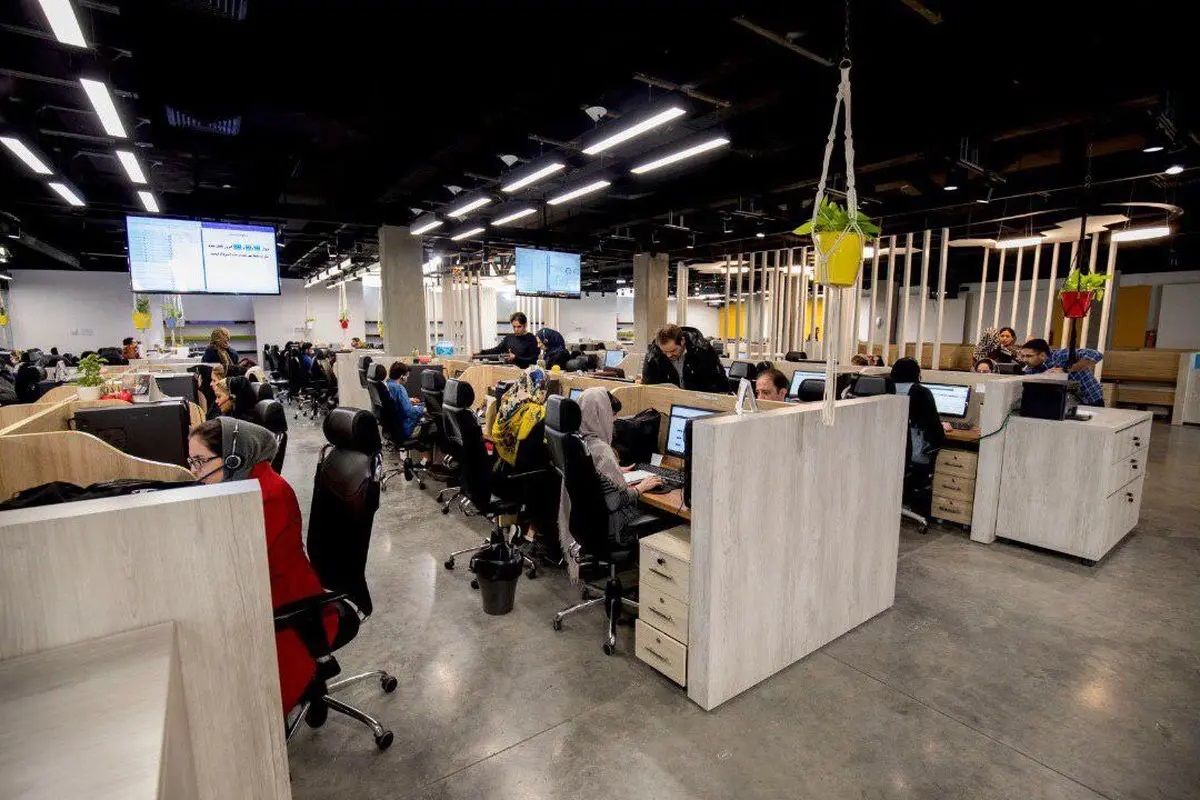Introduction
The Iranian market, with its rich history, diverse economy, and strategic geographical location, presents significant opportunities for foreign investors. As one of the largest economies in the Middle East, Iran boasts a population of over 80 million people, a wealth of natural resources, and a potential consumer base ready to engage with international products and services. However, understanding this market requires careful consideration of its unique dynamics, challenges, and opportunities.
Market Dynamics
1. Economic Overview
Iran’s economy is categorized as a mixed economy, with a significant public sector alongside private enterprise. Key sectors include oil and gas, agriculture, manufacturing, and services. The oil and gas industry is the backbone of Iran’s economy, contributing a substantial portion of government revenue and foreign exchange.
2. Demographic Trends
Iran has a young and vibrant population, with approximately 60% of its citizens under the age of 30. This demographic dynamic presents opportunities in various sectors, including technology, consumer goods, entertainment, and education. The increasing urbanization also plays a pivotal role in shaping consumer behavior and preferences.
3. Consumer Behavior
Iranian consumers are increasingly becoming more brand-conscious and open to foreign products. There is a growing interest in health, wellness, and technology, leading to increased demand for high-quality products and services. Understanding local preferences, cultural values, and spending habits is crucial for tailoring offerings to meet market needs.
Investment Climate
1. Legal Framework
Iran’s legal framework for foreign investment has undergone significant changes in recent years, aimed at attracting foreign capital. The Foreign Investment Promotion and Protection Act (FIPPA) provides a legal basis for foreign investments, offering protections against nationalization and the ability to remit profits abroad.
2. Economic Sanctions
While Iran’s potential is vast, foreign investors must navigate a complex landscape of economic sanctions imposed by various countries. Understanding these sanctions and how they impact business operations is essential for risk mitigation and compliance.
3. Government Initiatives
The Iranian government has implemented initiatives to encourage foreign investment, including establishing free trade zones and special economic zones. These zones provide favorable regulatory conditions, tax exemptions, and streamlined procedures for foreign investors.
Challenges and Opportunities
1. Political Stability
Political dynamics can pose challenges for foreign investors. It is crucial to stay informed about the political landscape and its potential impact on business operations. Building relationships with local partners and stakeholders can help navigate these challenges.
2. Infrastructure Development
Iran is investing in infrastructure projects to improve transportation, telecommunications, and energy distribution. This creates opportunities for investment in construction, engineering, and logistics sectors.
3. Untapped Markets
Several sectors remain relatively untapped in Iran, including tourism, renewable energy, and e-commerce. Identifying niche markets and understanding local consumer behavior can lead to successful ventures.
Conclusion
The Iranian market offers a mix of challenges and opportunities for foreign investors. By understanding the unique dynamics, legal landscape, and consumer preferences, investors can position themselves for success. While navigating the complexities of the market may require effort and adaptability, the potential rewards for entering this rich and diverse economy are significant. Investors who approach the Iranian market with diligence, cultural awareness, and a strategic mindset are well-positioned to harness its potential.
Learn more about all IRAN Business Gate services. Click here for detailed information!
Key Takeaways
- Iran’s economy is diverse, with significant potential in various sectors.
- Understanding cultural and consumer dynamics is crucial for success.
- Legal frameworks are evolving, but sanctions present challenges.
- Infrastructure development creates new investment opportunities.
- Building local partnerships can enhance market entry and navigation.
Let's Talk Now!
Your thoughts and questions matter to us! At IRAB Business Gate, we are eager to hear from you.



